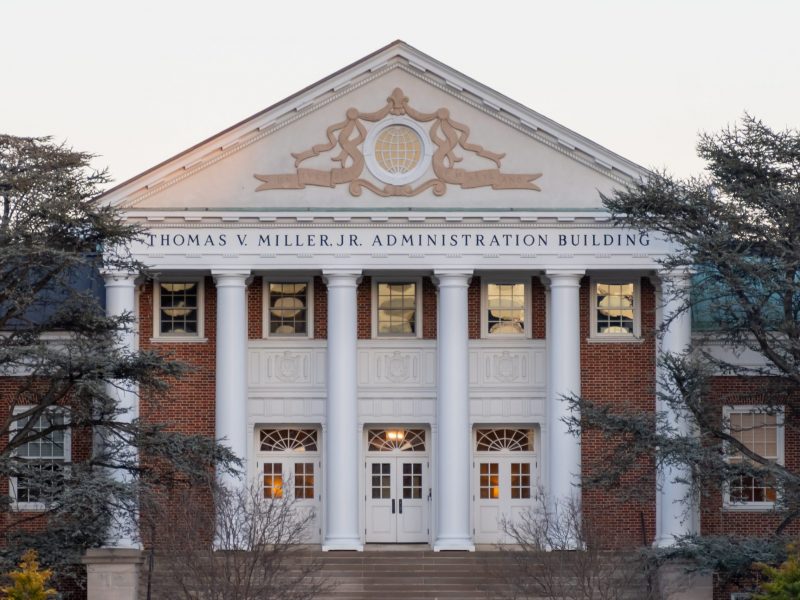
A year after University System of Maryland mandates forced the university to drastically scale back on some campus services to save money, it appears the efforts may be working, according to recently released budget figures. But university administrators say the budget cannot sustain cuts for much longer.
The implementation of intense cost-saving initiatives in fiscal year 2005, which ended in June, saved about $3.4 million, slightly more than the initial goal.
Initiatives included eliminating staff positions, reducing the operating hours of campus convenience stores and most of all, consolidating the campus’ energy purchases with the rest of the system institutions. The university still does not know when certain cut programs will be restored.
The savings were made through the Board of Regents’ Effectiveness and Efficiency initiative, a policy aiming to trim a tight system budget of unnecessary costs. They come on top of a mandatory $7 million annual reduction in costs required of the university by the system for the past two years.
“It’s not sustainable over the long term,” said John Porcari, vice president for administrative affairs. “Right now, we’re going to have to live with it. Ideally, we’ll find a way to restore those cuts.”
The Effectiveness and Efficiency Report aims to save the entire system nearly $27 million by June 2006 by optimizing resources. So far, the system has saved $17.8 million – more than half its goal. This university leads all the system schools in the amount saved, which is supposed to go back to the students by quelling tuition rate increases and improving programs.
“Without these initiatives, the system would be reflected, quite frankly, in higher tuition,” system Chancellor Brit Kirwan said.
But regents still expect the university to implement more money-saving initiatives by the deadline.
“Basically, we do the same for less,” said John Blair, director of the Office of Budget and Fiscal Analysis. “That works until a certain point. After so many years, you sort of run out of things you can identify.”
The regents have an extensive list of money-saving initiatives this year, including a controversial discussion of possibly charging students extra if they stay in school past 132 credits.
“We have a limited number of resources,” said regent Bob Pevenstein, chairman of the board’s finance committee. “The rates should go up significantly. We have to make room for other folks.”
The regents passed a trio of academic policies as part of the Effectiveness and Efficiency report last year that aim to decrease the time students take to graduate, thereby saving money. Those policies, which were put into effect in July, include capping degree credit requirements at 120 credits and encouraging students to take more classes through alternative means, like through Advanced Placement exams or while at community colleges.
This university practiced most of the initiatives outlined by the Effectiveness and Efficiency report, but regents must be quicker to approve new policies this year so results can be seen sooner, regents said. The report took several years to implement and much remains to be done by the regents’ 2006 deadline.
“I personally don’t want to see this take another two years,” Pevenstein said.
Contact reporter Laurie Au at lauriedbk@gmail.com.


